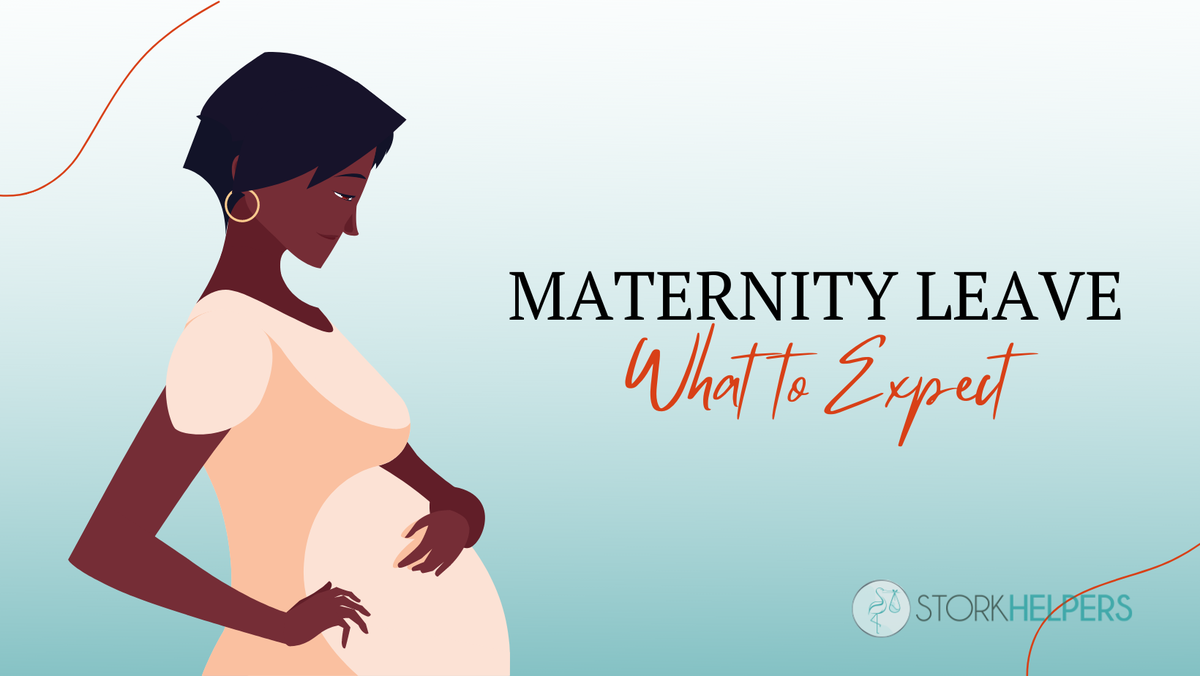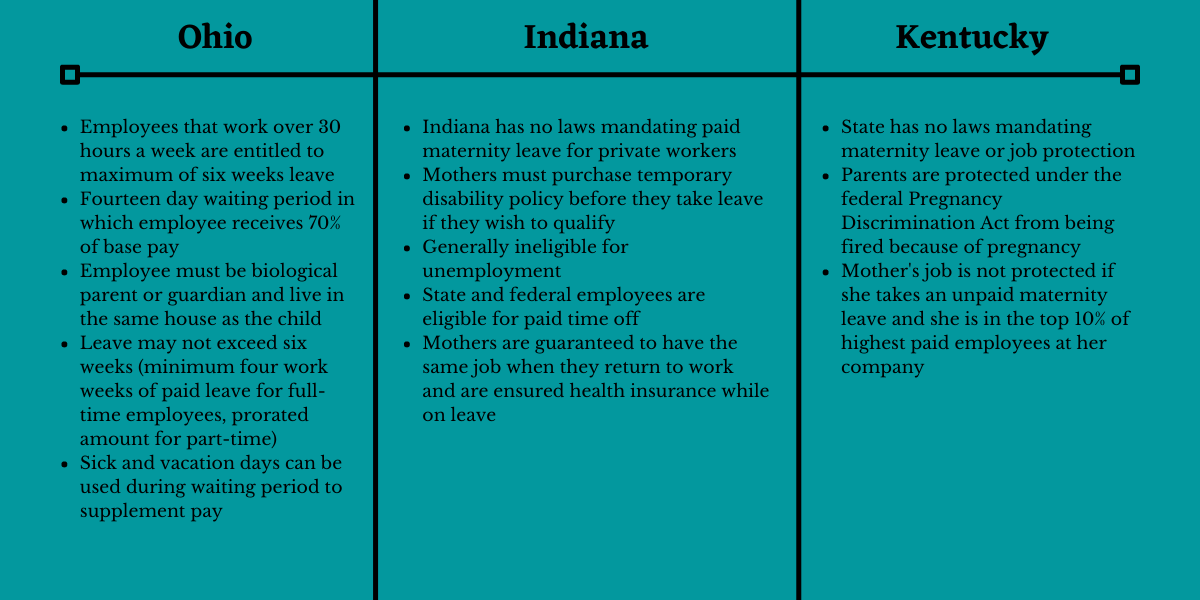Your Guide to Maternity Leave

An Expecting Mother’s Guide to Maternity Leave
Things are Changing
Congratulations! You’re pregnant!
Pregnancy is one of the most exciting and turbulent times in a woman’s life. Your body is changing and so are your expectations for the future. After all, you will soon have another human to look after who is almost entirely dependent on your care.
So, let’s face it, life isn’t staying the same. This change can be intimidating, especially if you have a low amount of familial support. You have probably heard of maternity leave or family leaves, but for first-time mothers and fathers what exactly you are entitled to may be unclear.
This post will discuss how to plan for your leave, what rights you are entitled to, and how you will know when to return to work.
Know your Rights
Simply put, maternity leave is a medical absence from work where the mother’s job is secure upon her return. Maternity leave covers the time it takes for a woman to give birth to her baby, as well as several weeks afterward for the mother to recover and establish a child-care routine.
The United States has no federally mandated paid maternity leave. However, the Family and Medical Leave Act of 1993 (FMLA) requires companies of 50 employees or more to provide up to 12 weeks of unpaid, job-protected leave per year. This applies to mothers who give birth as well as mothers who have adopted a child.
Laws vary from state to state (some states do guarantee paid leave) as well as from company to company. Federally speaking, you will have approximately two weeks before your delivery, as well as six weeks after for vaginal delivery, and eight weeks after for a caesarian section.

Plan for the Expected
Before you take your maternity leave, you should have a plan in place by your third trimester to make sure you and your employer are on the same page.
It is recommended that you alert the employer of your pregnancy around the third month of your pregnancy to give both of you proper time to plan for your leave.
Make sure you know your state’s up-to-date laws as well as your company’s policies. If your company’s policies are less than the minimum required by state or federal laws you will have to negotiate for your maternity leave. Contact the National Partnership for Women and Families or the Department of Labor for negotiation tips.
According to Healthline, 40% of women are not covered by FMLA, and only 12% of women have access to some form of paid maternity leave. Short-term disability insurance can be used to supplement lost income caused by maternity leave.
When creating your maternity leave plan, make sure you know:
- How much time do you plan to take off.
- The approximate start and end dates of your leave.
- Your responsibilities to your employer.
- Who will handle your work while you’re away?
- How accessible do you plan to be while on leave?
- How you will transition back to work.
Make sure your maternity leave plan is in place and agreed to by your employer by the start of the third trimester. Remember, it is always smart to get agreements such as maternity leave in writing to give yourself maximum protection.
Maternity Leave Benefits
Typical maternity leaves last for twelve weeks, however, leaves of up to six months are not unheard of. Health benefits also remain in place during maternity leave, but depending on your company’s policies, you may have to pay a portion out of pocket.
FMLA guarantees your position will be available to you upon your return to work, but if the position has been eliminated, you will be offered a similar position.
If for, whatever reason, your company denies your maternity leave request, immediately contact the HR department to see why. The National Partnership of Women and Families and the Department of Labor can help you negotiate with your employer.
Returning from your Maternity Leave
When planning your maternity leave, it may not always be obvious when you should return to work. Many new parents deal with unexpected mental health issues, such as postpartum depression, and this may cause them to need to extend their leave.
It is always best to overestimate the amount of time you need, especially if your company or state offers longer leaves. Some mothers choose to take the maximum amount of time granted to them, while others choose to return as soon as two weeks after the delivery.
There is no one right choice for every mother, and whatever option you choose does not reflect the quality of motherly care. You can always decide to return to work earlier than planned, but it may be difficult to extend your maternity leave, especially if a long-agreed on the plan is in place.
If you are wondering how long your maternity leave should last or need guidance in creating a plan, reach out to Tamara at Stork Helpers. Tamara has helped dozens of mothers navigate through childbirth and aftercare and has the skills and know-how to help you.

